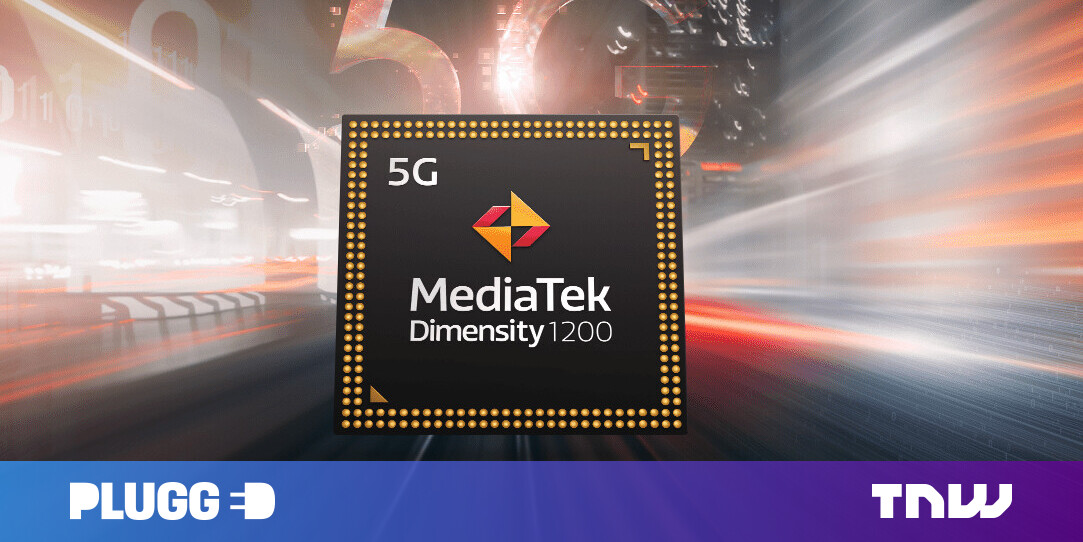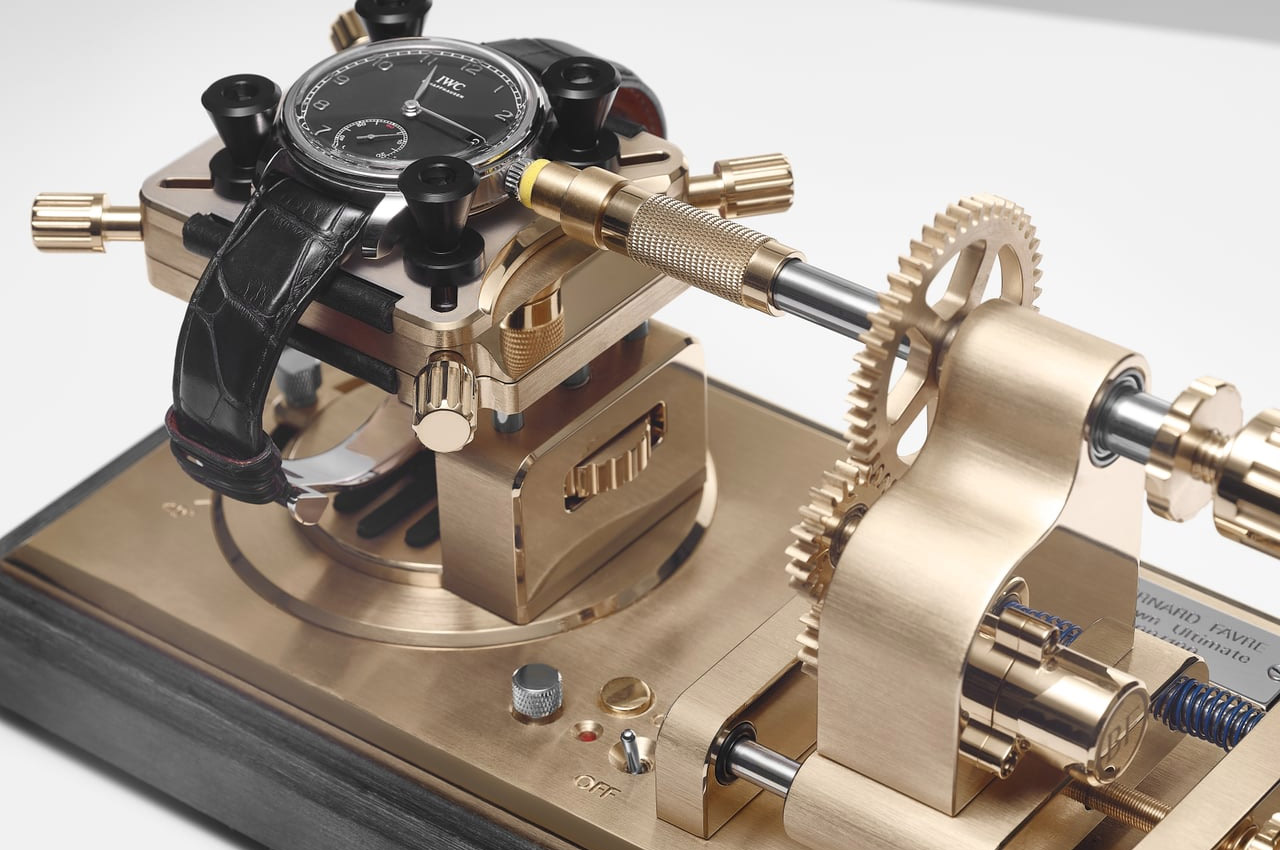#Should You Buy a Headset or a USB Microphone? – Review Geek

Table of Contents
“#Should You Buy a Headset or a USB Microphone? – Review Geek”

USB microphones and headsets both offer relatively budget-friendly options when it comes to capturing audio, but they have very different priorities when doing so. Which one is better for your situation? Let’s dive a bit deeper and figure that out.
USB Mics: Better Audio Quality, More Work

When it comes to high-quality audio, there’s no competition—a dedicated USB mic is going to beat out a headset mic any day of the week. USB mics are larger and include better internals for recording things like voiceovers and podcasts. Your voice will be clearer, they handle background noise better, and the actual audio captured will be higher definition than most headset mics, allowing for much more freedom in post-production and audio editing. If you’re prioritizing audio quality, then a USB mic is the way to go.
On top of better audio quality, USB mics also tend to be more customizable. Many of them—like the Elgato Wave 3 or Blue Yeti X—allow you to fine-tune the audio with different settings like EQ adjustment. This is model-dependent, and some USB mics might only allow you to adjust their volume, but these options are much more common than in the world of headsets. Some microphones also include on-device controls (like a dial for adjusting the volume or a mute button), which helps out with this, but that’s not as common—especially in budget mics.
USB microphones often feature zero-latency headphone jacks that allow you to monitor your audio in real-time. This way you know exactly what you’re going to sound like before the recording is over, and you can adjust things live if needed. That brings up an important point against USB mics, though: the setup. Because there’s a lot you can do to ensure the best quality out of a dedicated microphone.
Microphones sound their best when close to your mouth, and while most USB mics come with short stands to help with this, it’s rarely enough. If you want the best quality possible, you’ll have to invest in multiple accessories like a mic arm (for raising the microphone to your mouth) and a pop filter (for removing plosives). This can complicate your desk setup and make using the microphone more bothersome (at least until they invent a quality wireless microphone). It might also add to your overall bill, which you may not have been planning on.
USB microphones are by no means the height of audio quality, but they strike a comfortable balance between lower-end microphones you’d find in headsets or webcams and higher-end options like XLR microphones. But with increased audio quality comes a more finicky product that requires more attention.
And that’s without mentioning the prices; while you can find solid USB mics for around $50, the $100 to $150 range is where you’ll find the best balance of quality for the money. These higher-end microphones include better audio quality, more features (like the in-depth settings previously mentioned), and superior build quality. Add in those accessories we mentioned earlier, and you can easily spend a pretty penny on a USB microphone setup.
Headsets: Jack of all Trades, Master of None

While USB microphones put their emphasis on audio quality, headsets differ because they need to balance their priorities between the headphones and microphone. Making a comfortable, nice-sounding pair of headphones is no simple task, and adding a microphone into the mix only complicates things. However, the pricing isn’t that different from USB microphones—there are budget options that strike the $50 to $100 range, with higher-end options that can go up to $150 to $200 (especially wireless headsets).
This immediately means the microphone quality won’t be as good as a USB mic, but that’s probably expected. Not only are the microphones much smaller, but the money also needs to go to ensuring a quality pair of headphones as well. This leads to microphones that, while not bad most of the time, certainly won’t blow you away.
But it’s not like the headphones get away scot-free here, they also suffer from this versatile design. You can’t expect a high-end pair of headphones out of a headset for the same reason you can’t expect a high-end microphone. Again, they don’t sound bad, but a dedicated pair of headphones for the same price would definitely outperform them.
However, with that lower quality comes convenience, as you’ll never have to worry about purchasing a mic arm or fiddling around with the settings for a headset—they’re about as plug-n-play as it gets. Whether it’s an inexpensive office headset or a high-end gaming one, the trade-off of audio quality for convenience is clear.
This is also seen in what features are prioritized when it comes to headsets. For example, there are no wireless USB microphones because of the quality loss, but there are quite a few wireless headsets out there. And headsets often include small buttons and dials for adjusting your volume or muting yourself on the fly, which isn’t as frequent on dedicated microphones.
If you don’t care much about the audio quality—going in or out—and you just want something all-around decent, then a headset is more than fine. They’re not made to excel anywhere, but rather cover a few different use cases well. Headsets aim to be easy-to-use products that exchange pure quality for simplicity, and they do a fantastic job at that—but if you’re looking for an amazing pair of headphones or microphone, it’s not the market you should be looking in.
Which Should You Buy?
While we’ve covered a lot here, this decision may be easier than you think, as it just comes down to what you actually need a microphone for. If all you do is join voice calls, then that’s what headsets are designed for, and a quality one will be more than enough. You can also save some money by not needing to buy a separate pair of headphones, assuming you need a new pair in the first place.
On the other hand, if you’re looking to record voiceovers, create a podcast, or anything else that requires quality audio, a USB microphone is definitely the better option. USB mics are great because they balance quality sound with convenience. They may not be as high-end as XLR microphones, but they beat out headset and webcam mics easily.
So if your only concern with audio quality is sounding alright, then a headset mic is fine—if you have higher aspirations, then you should probably pick up a USB mic.
If you liked the article, do not forget to share it with your friends. Follow us on Google News too, click on the star and choose us from your favorites.
For forums sites go to Forum.BuradaBiliyorum.Com
If you want to read more like this article, you can visit our Technology category.




